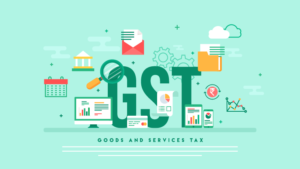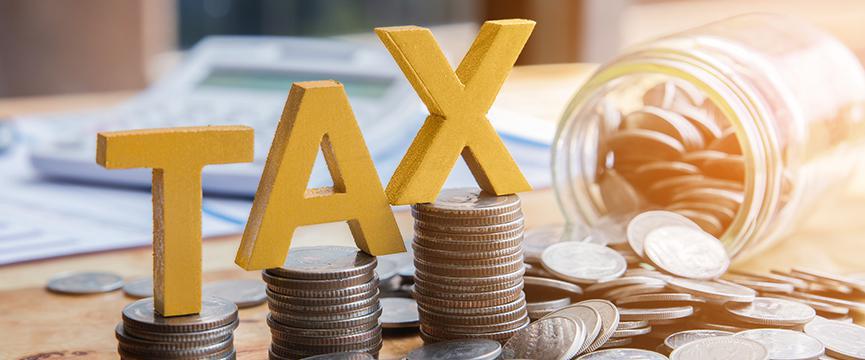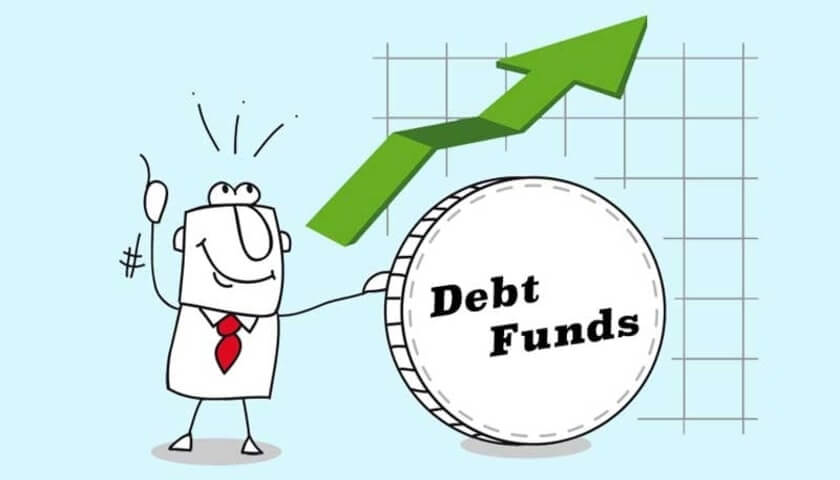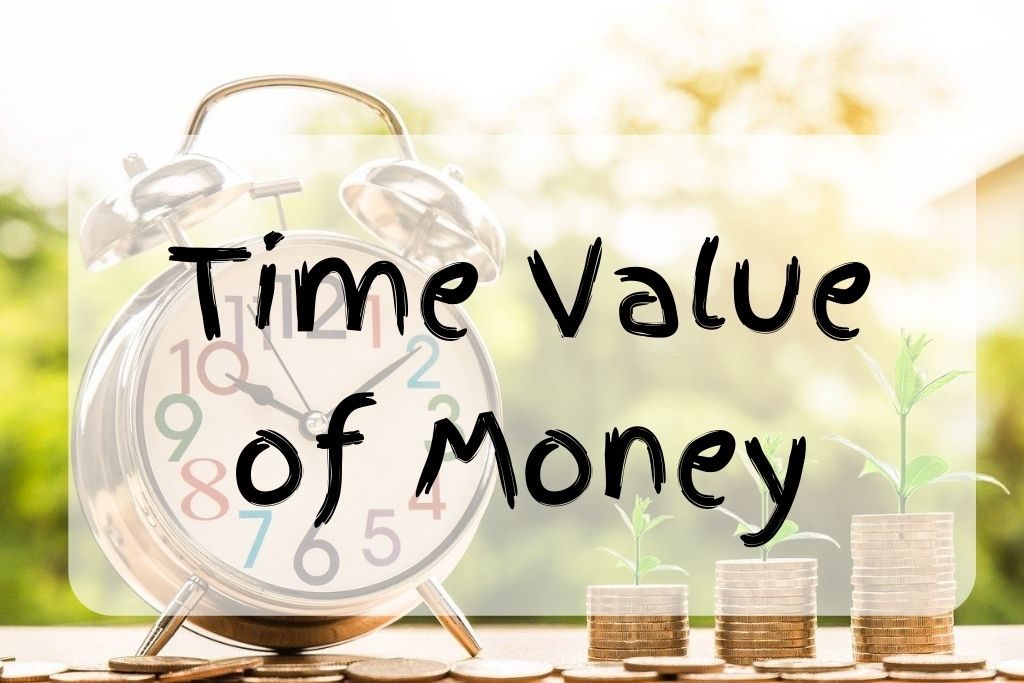Introduction
In India, taxes are collected by the central and state government as per the Constitution of India. Tax is a source of income for the government to meet the welfare expenditures of society. According to article 265 of the Constitution of India, the authority of law has the power to levy taxes in India. There are two revenue authorities- CBDT (Central Board of Direct Taxes) and CBIC (Central Board of Indirect Taxes and Customs).
There are two types of taxes levied and collected by the central and the state government- Direct and Indirect taxes. In the case of direct taxes, one cannot shift the burden to pay taxes. The authority levies such tax directly on the person. The government collects the taxes yearly. For instance- income tax. On the other hand, one cannot shift the burden to pay tax on another person in the case of indirect taxes. The tax authorities levy such tax on the final consumer of the goods or services. Moreover, the taxpayer pays indirect tax at the time of purchase or sale of goods or while rendering services. For example, Goods and Service Tax (GST).
Direct taxes collected by the central government of India
Corporation Tax
A company is a separate legal entity in the eyes of law. Hence, domestic and foreign companies are liable to pay taxes in India. However, a domestic company is the one which gets itself registered under the Companies Act of India. It also includes the subsidiaries located in foreign countries, managed and controlled wholly by India. Hence, the revenue authorities tax domestic companies on their universal income. On the other hand, a foreign company is the one which is not registered under the Companies Act of India. Moreover, the management and control of the business are outside India. Hence, the authorities levy taxes on the income earned and received in India in the case of foreign companies.
A company’s income includes profits, capital gains, renting/leasing, dividend, etc.

Income Tax
The central government collects tax on the income earned by an individual, HUF, BOI, AOP, and any other artificial judicial person as per the slab rates. Hence, one needs to pay more tax on earning a higher income. The slab rates are as follows:
| AGE LESS THAN 60 YEARS | |
| Up to ₹ 2,50,000 | Exempt |
| ₹ 2,50,001 up to ₹ 5,00,000 | 5% Tax |
| ₹ 5,00,001 up to ₹ 10,00,000 | 20% Tax |
| Above ₹10,00,000 | 30% Tax |
| Health & education cess | 4% |
| AGE 60 YEARS OR MORE BUT LESS THAN 80 YEARS (SENIOR CITIZEN) | |
| Up To ₹ 3,00,000 | Exempt |
| ₹ 3,00,001 up to ₹ 5,00,000 | 5% Tax |
| ₹ 5,00,001 up to ₹ 10,00,000 | 20% Tax |
| Above ₹ 10,00,000 | 30% Tax |
| Health & education cess | 4% |
| AGE 80 YEARS OR MORE (VERY SENIOR CITIZEN) | |
| Up to ₹ 5,00,000 | Exempt |
| ₹ 5,00,001 up to ₹ 10,00,000 | 20% Tax |
| Above ₹ 10,00,000 | 30% Tax |
| Health & education cess | 4% |
Moreover, the government has also introduced flat rate system:
| Up to ₹ 2,50,000 | Exempt |
| ₹ 2,50,001 up to ₹ 5,00,000 | 5% |
| ₹ 5,00,001 up to ₹ 7,50,000 | 10% |
| ₹ 7,50,001 up to ₹ 10,00,000 | 15% |
| ₹ 10,00,001 up to ₹ 12,50,000 | 20% |
| ₹ 12,50,001 up to ₹ 15,00,000 | 25% |
| Above ₹ 15,00,000 | 30% |

Securities Transaction Tax
Securities Transaction Tax (STT) is a tax imposed and collected by the central government on the purchase and sale of securities listed on the recognized stock exchange in India. Moreover, taxable securities include listed equities, derivatives, and equity-oriented mutual funds. It also includes unlisted shares sold via OFS (offer for sale) in IPO.
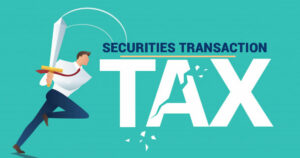
Indirect taxes collected by the central government of India
Customs Duty
It is an indirect tax collected on all imported goods and a few goods exported from India. Duties levied on imported goods are import duties. On the other hand, a duty levied on goods exported from the country are export duties. Customs duty increases government revenue and avoids any predatory practices from foreign competitors. It is taxable as per the value, dimensions, and other criteria of the goods. For instance, if the customs duty is chargeable according to the value of the goods, it is ad valorem duty. Another example is compound duty. It is taxable when one considers the value of goods and other factors.

Union Excise Tax
The central government levies union excise tax on the goods manufactured in India. However, one ultimately shifts the burden on the consumer. The manufacturer pays excise duty on producing goods but adds the tax paid to the product price to receive it from the consumer. Hence, the customer or the buyer ultimately pays the excise duty. It is taxable on the manufacturing goods and at the time of removal of goods from the factory. It is not chargeable during sales of the goods.
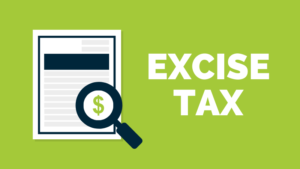
Goods and Service Tax (GST)
Goods and Service Tax is an indirect tax taxable on the supply of goods and services. It is comprehensive as it has replaced all indirect taxes, except a few state taxes. Moreover, it is multi-staged as it is chargeable at every production stage. However, except for the ultimate consumer, all the parties in the production process claim the GST paid via an input tax credit. Hence, it is also a destination-based tax. It is collected at the point of consumption. ‘
GST rates are- 0%, 5%, 12%, 18%, and 28%. However, petroleum and alcoholic products do not come under the purview of GST. The state government levies tax separately on these products. GST on precious and semi-precious stones is 0.25% and 3% on gold. Additionally, GST rates above 28% are also applicable on luxury items.
The government introduced GST in India on 1st July 2017. Moreover, there are three types of GST in India:
- Firstly, SGST (State Goods and Service Tax)- SGST is a tax levied by the state government on intra-state goods and services transactions. It includes entertainment, octroi, luxury tax, etc.
- Secondly, CGST (Central Goods and Service Tax)- CGST is a tax levied by the central government on intra-state goods and services transactions. The revenues from intra-state transactions are shared between state and central governments. For instance, the transaction value is ₹10,000 and 5% tax is applicable. Hence, 2.5% goes to the central government and the remaining 2.5% to the state government.
- Lastly, IGST (Integrated Goods and Service Tax)- IGST is a tax on inter-state goods and services transactions. Moreover, both state and central governments share IGST collected.
